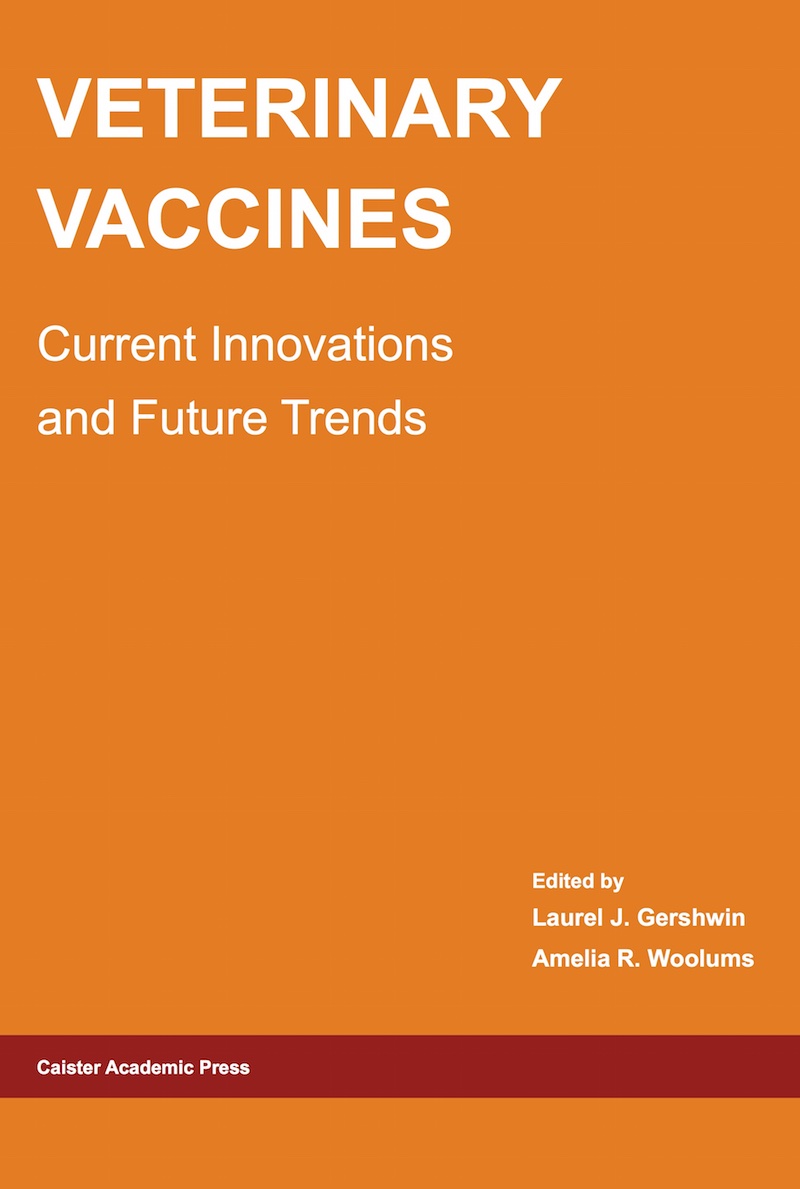Campylobacter Association with the Human Host
Abiyad Baig and Georgina Manning
from: Campylobacter Ecology and Evolution (Edited by: Samuel K. Sheppard). Caister Academic Press, U.K. (2014)
Abstract
Campylobacter jejuni is a foodborne pathogen and the major cause of gastroenteritis in humans worldwide. Adhesion to, and invasion of, host epithelial cells have been investigated as important mechanisms in the infection process. Many genes have been identified that are proposed to be involved in the interaction with host cells and many mechanisms suggested. C. jejuni seems to be an opportunistic pathogen in humans so an important question is: are there any real 'virulence factors' or are there several different mechanisms utilised by different strains of this organism to access the human niche? Furthermore, many studies have focussed on a single strain, however it is known that invasion potential varies among C. jejuni strains and human clinical isolates are generally more invasive compared to non-clinical isolates. There may be much to be learned from studying phenotypically-related strains. This chapter will review the current understanding of the mechanisms of host cell interaction and will explore whether the use of a phenotypically-related group of hyper-invasive strains can shed any light as to how C. jejuni has evolved to become an invasive pathogen read more ...



